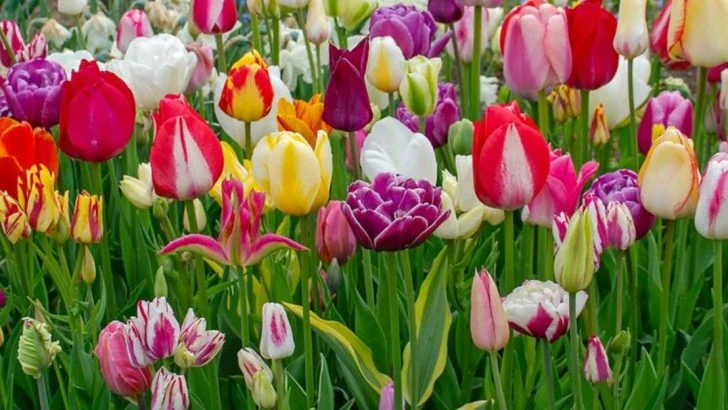Spring isn’t shy anymore—it’s showing off. And Zone 5? It’s in full bloom. After months of brown branches and muddy thaw, your garden is finally waking up with a vengeance. Color is creeping into every corner. Fragrance is floating on the breeze. And those empty beds you nearly gave up on? They’re ready for a comeback. This is the moment to take a stroll with pruners in one hand and coffee in the other. Because May is bursting with bold blossoms and quiet stars that deserve your attention. Here are the top flowers and shrubs stealing the show in Zone 5 right now—don’t blink, you’ll miss them.
Daffodil
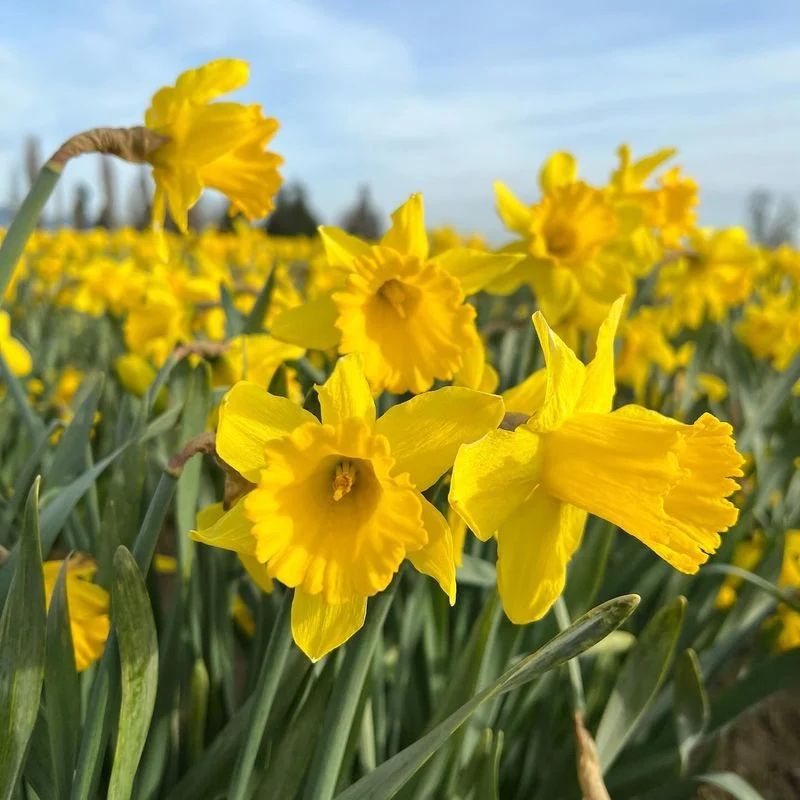
Daffodils, with their sunny disposition and trumpet-like blooms, are a springtime favorite. These cheery flowers symbolize new beginnings and are often seen as the herald of spring.
Their bright yellow petals and unique shape make them stand out in any garden. They are easy to care for, needing only well-drained soil and a sunny spot.
Did you know? Daffodils belong to the Amaryllidaceae family, and their scientific name is Narcissus. These flowers not only add color but also deter deer and rodents, making them a gardener’s best friend.
Lilac
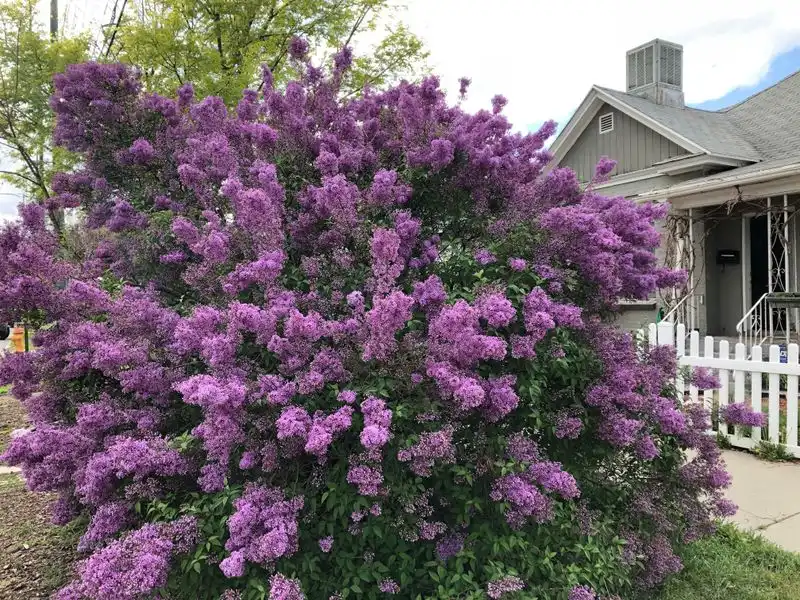
Lilacs are renowned for their intoxicating fragrance and beautiful clusters of purple or white blooms. These shrubs are a staple in Zone 5 gardens, providing both visual appeal and a delightful scent.
With their dense foliage and vibrant colors, lilacs make excellent hedges or standalone specimens. They thrive in well-drained soil and full sun, making them a low-maintenance choice for gardeners.
Fun fact: Lilacs have a rich history, symbolizing love and purity. They’re often associated with nostalgic memories, adding a sentimental touch to your garden.
Tulip
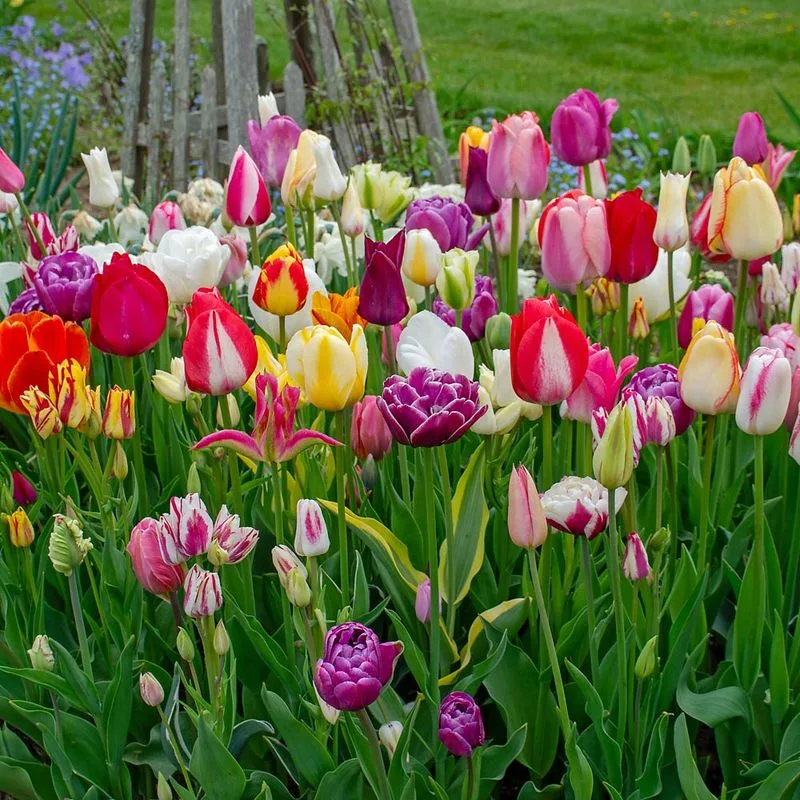
Tulips bring a splash of color to gardens with their bold and varied hues. These elegant flowers have a simple yet captivating form, making them a popular choice in May.
Tulips prefer well-drained soil and full sun, blooming brightly in an array of colors from red to pink to white. Their vibrant presence is a reminder of the beauty of spring.
Interesting tidbit: Tulips were once so valuable in the 17th century that they led to a financial phenomenon known as ‘Tulip Mania’ in the Netherlands.
Forsythia
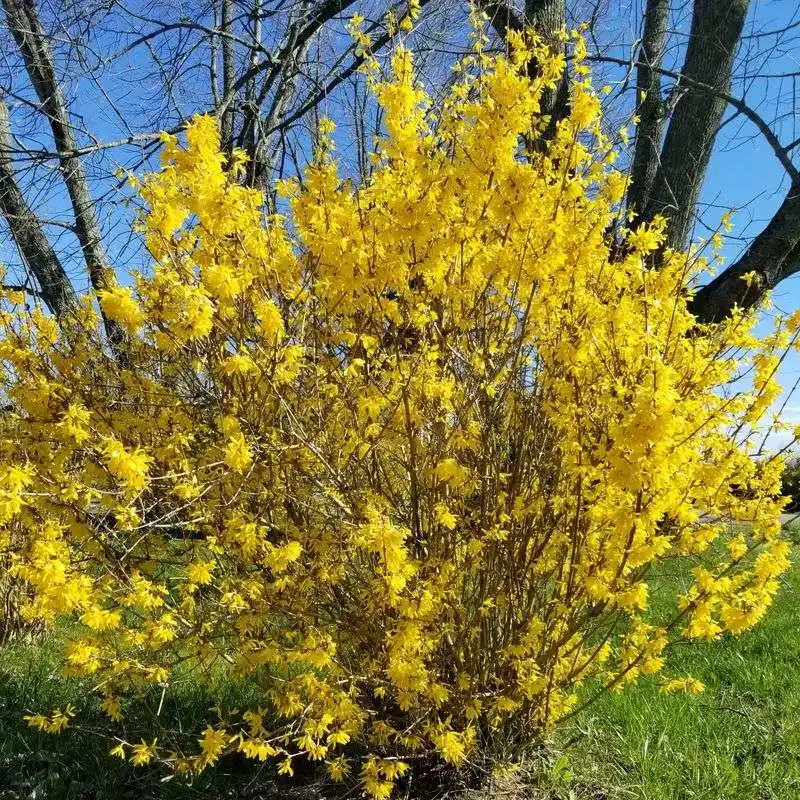
Forsythia is one of the first shrubs to bloom in spring, with its bright yellow flowers signaling the end of winter. These shrubs are known for their cheerful appearance and rapid growth.
They thrive in full sun and are tolerant of various soil conditions, making them a versatile option for any garden. Forsythia’s arching branches add structure and color to landscapes.
Fun fact: Forsythia flowers are often used in traditional Chinese medicine for their believed health benefits.
Magnolia
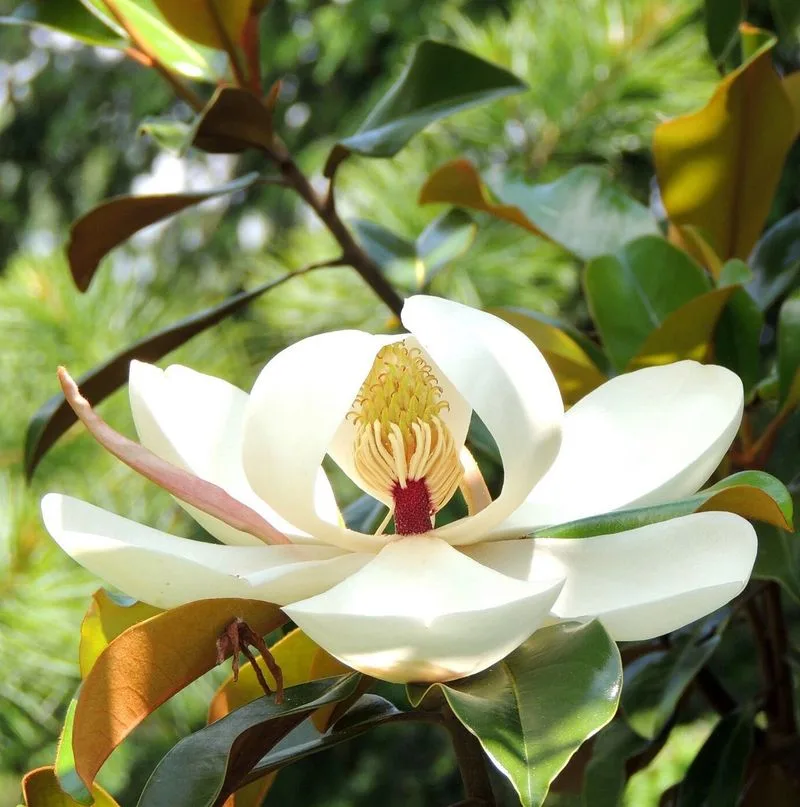
The magnolia is a magnificent tree known for its large, fragrant blossoms. These trees produce stunning white or pink flowers that captivate any onlooker.
Magnolias thrive in well-drained, slightly acidic soil and enjoy full to partial sun. Their grand presence and sweet scent make them a desirable addition to any garden.
Did you know? Magnolias are ancient plants, with fossils dating back over 20 million years. Their timeless beauty continues to charm garden enthusiasts globally.
Bleeding Heart
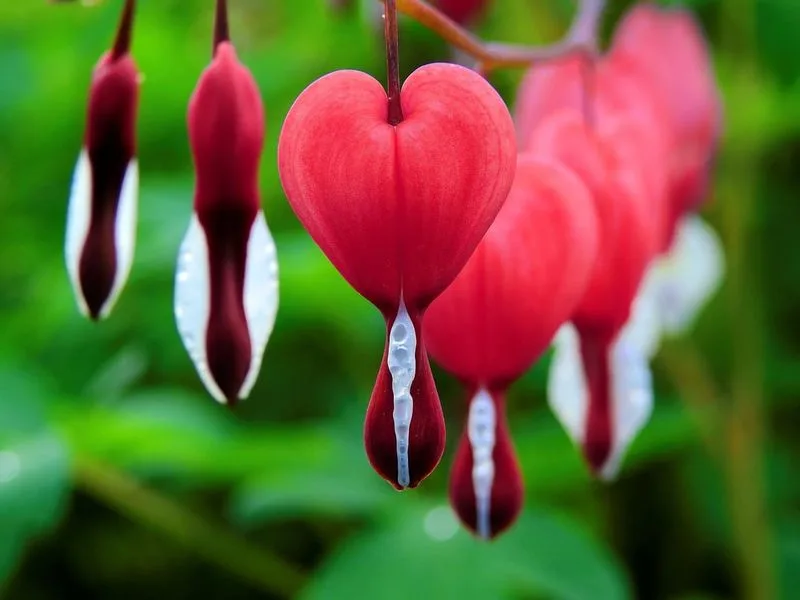
Bleeding heart plants are known for their romantic, heart-shaped flowers that hang gracefully from arched stems. These whimsical blooms add a touch of charm to any shaded garden.
They prefer moist, well-drained soil and thrive in partial to full shade, making them ideal for woodland gardens. Their unique appearance always draws admiration from visitors.
Fun fact: Despite their delicate look, bleeding hearts are quite hardy and can tolerate a range of garden conditions, making them a versatile choice for gardeners.
Rhododendron
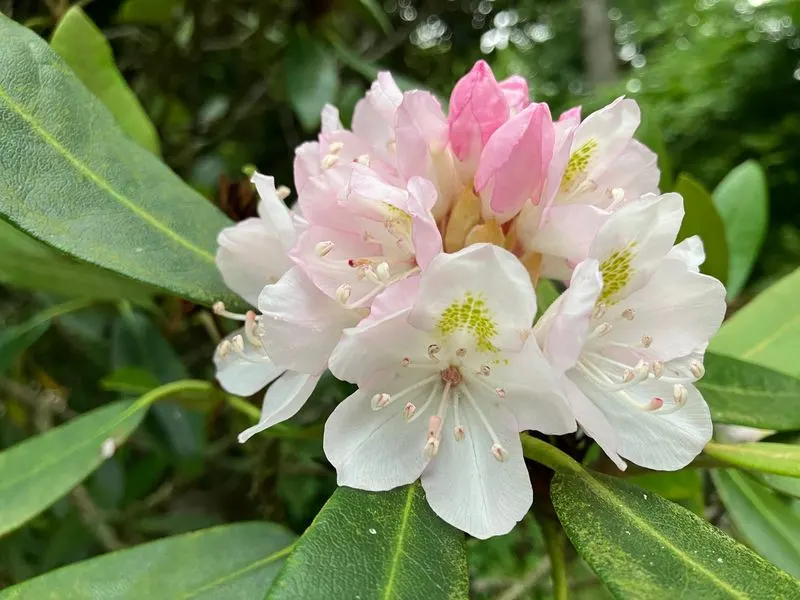
Rhododendrons bring a splash of color with their clusters of bright flowers. Known for their lush foliage and vibrant blooms, they are a garden favorite in May.
These shrubs prefer acidic, well-drained soil and thrive in partial shade, offering versatility in garden placement. Their lush appearance provides a tropical feel to temperate gardens.
Interesting note: Rhododendrons are part of a large family of plants that includes azaleas, and they share similar care requirements and visual appeal.
Azalea
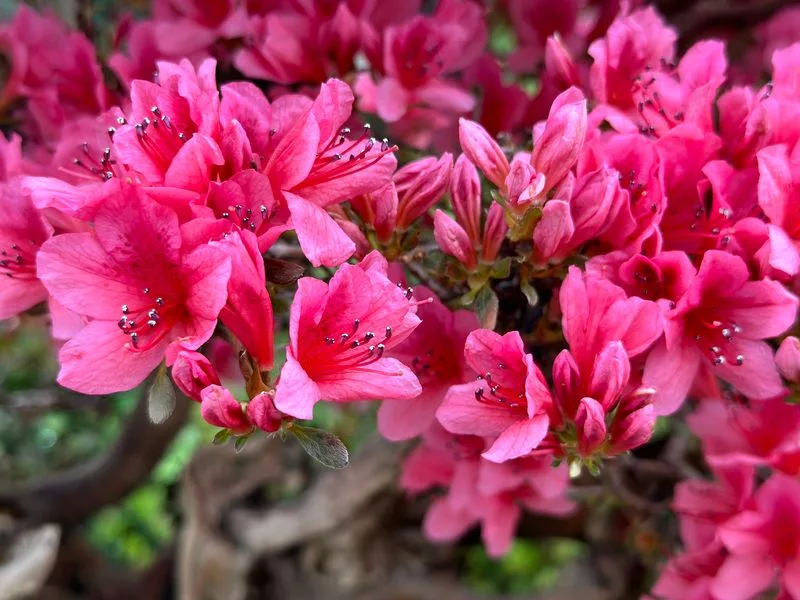
Azaleas burst with color during May, offering an array of hues that brighten up gardens. These shrubs are celebrated for their showy blooms and evergreen nature.
They thrive in well-drained, acidic soil and prefer partial shade, making them suitable for woodland edges. Azaleas’ beauty is only matched by their versatility and ease of care.
Did you know? Azaleas are a symbol of femininity and softness in flower language, often used in festivities and floral arrangements.
Peony
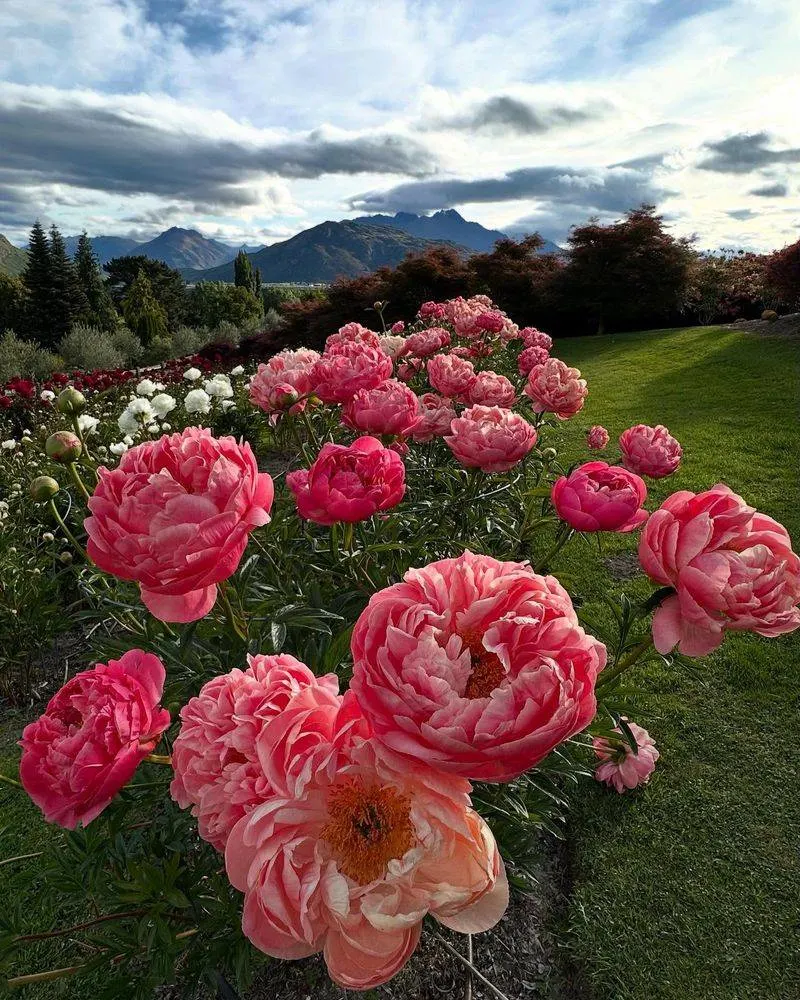
Peonies are cherished for their lush, full blooms and delightful fragrance. These perennial favorites add elegance and charm to any garden with their large, fluffy flowers.
Peonies prefer well-drained soil and full sun, rewarding gardeners with stunning blooms each year. Their perennial nature makes them a long-term addition to garden landscapes.
Fun fact: Peonies are often associated with prosperity and good fortune, making them a popular choice for weddings and celebrations.
Hydrangea
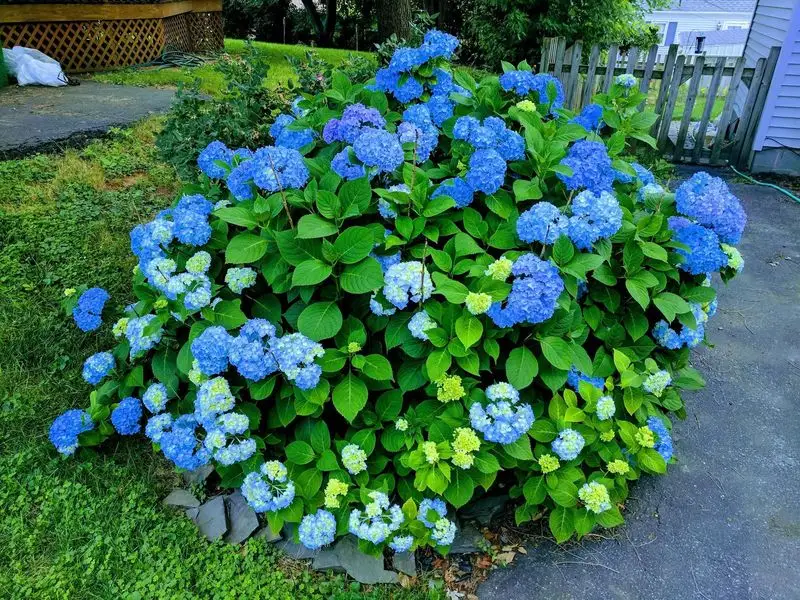
Hydrangeas are known for their large, globe-like flower clusters and ability to change color based on soil conditions. These shrubs add volume and visual interest to gardens.
They thrive in well-drained soil with ample moisture and can grow in both sun and shade, making them adaptable to various garden conditions. Their color-changing blooms provide dynamic beauty.
Interesting tidbit: The color of hydrangea flowers can vary from pink to blue, depending on the soil’s pH level, allowing for creative gardening possibilities.

